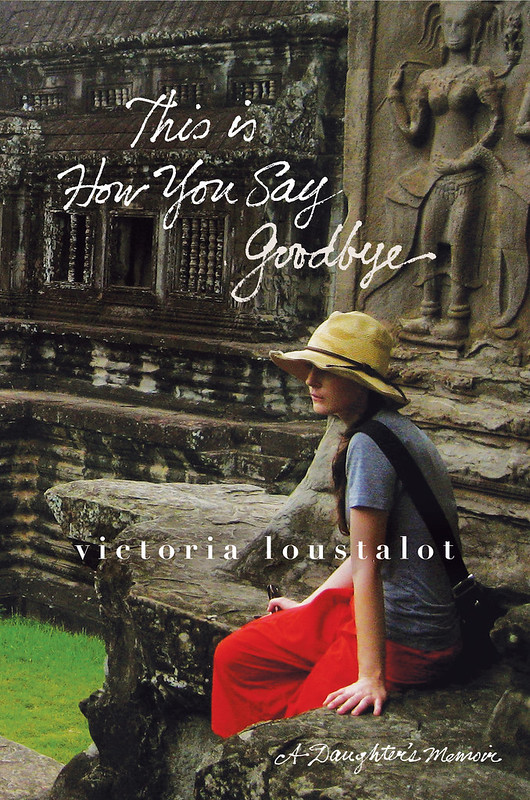***
I don’t remember World AIDS Day. Not as a kid, though I know now it was around then. It began years before I was born and I grew up in Northern California, a
beautiful speck of earth that was no doubt first in line to take up the World AIDS Day
banner and wave it with abandon. Northern Californians love to save the day. A
good victim helps and AIDS had plenty of those, especially in the Bay Area. I should know. My
dad was one of them.He told my mother he was gay and HIV positive on Mother’s Day, 1989. I had just turned four. He eventually developed full-blown AIDS, and we watched his life shrink until it was no bigger than his bed and the few feet to the bathroom. He committed suicide when I was ten.
Somewhere in my childhood I must have participated in World AIDS Day. Lit a candle. Sang a song. But I have no memory of such activity, and I suspect that’s because I could never reconcile this international day of tribute and solidarity with the AIDS that was living in my house, killing my father. The importance of an international conversation about AIDS was lost on me; I didn’t see how candles and songs could help my family. I was no activist.
When we left, he ran out after us. We were already in the car--seat belts tight against our chests, my mother’s fingers curled around the emergency brake. He came to my window and I opened it. He leaned in and I was near enough to the sores on his face to kiss them. So close, that all I could see was skin. In his hand was a string of beads, primary colors: red, green, blue, white. He could have been my father.
“I’ve been making these. I want you to have this one.”
He placed it in my open hand and when I looked down I saw that he had given me not only the beads, but also a small AIDS ribbon, which must have been new because its edges were sharp and its red shade brilliant. I wasn’t sure what to say to this man I hardly knew. I was only a kid. But I did know just barely enough to recognize that sometimes a simple thanks will do. Thank you. I closed the window and he stood there watching our car roll down the driveway. He didn’t wave but he wore a slight, calm smile. It was the first time all night I had seen him still.
That night, before I went to bed, I pinned the ribbon to my backpack, and the next morning, before I left for school, I tied his string of beads around my neck, choker style. I wore those beads every single day for years, until one day their string broke and the beads slipped off my neck in a rush, spilling down the front of my shirt and onto the sidewalk below, spinning in too many different directions at once. The ribbon lasted longer, but it did, in time, lose its brilliance and began to fray. The fray crept up and up until eventually it was just a red knot, and then one day I noticed even that was gone. The last threads had fallen off somewhere along the way.
I never saw him again. He died soon after our meeting. Still, it is his face
– not my father’s – that appears each time I see the AIDS ribbon. With his small,
handmade gift he pointed me in the direction of action. He made an activist out of
me.




0 comments:
Post a Comment